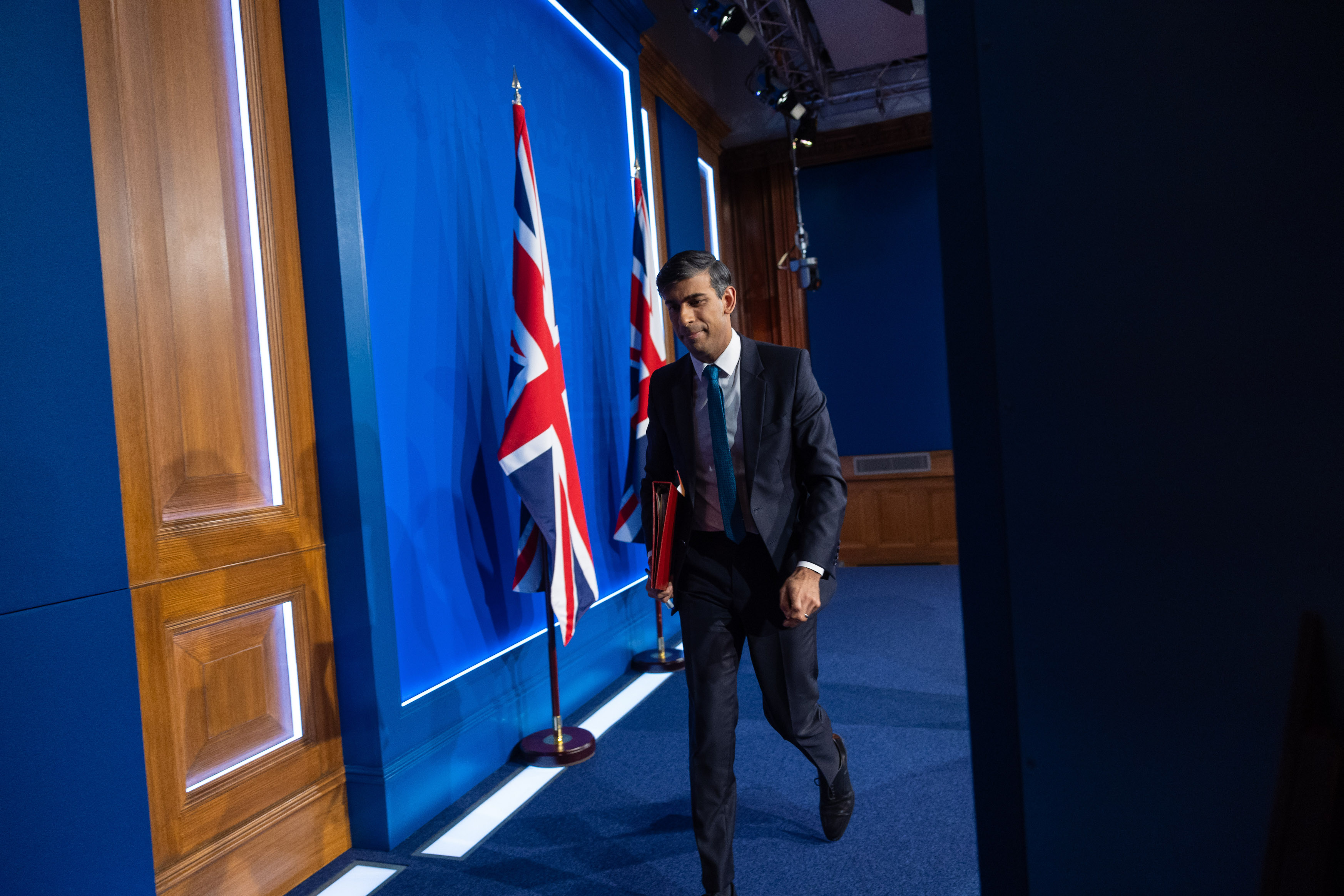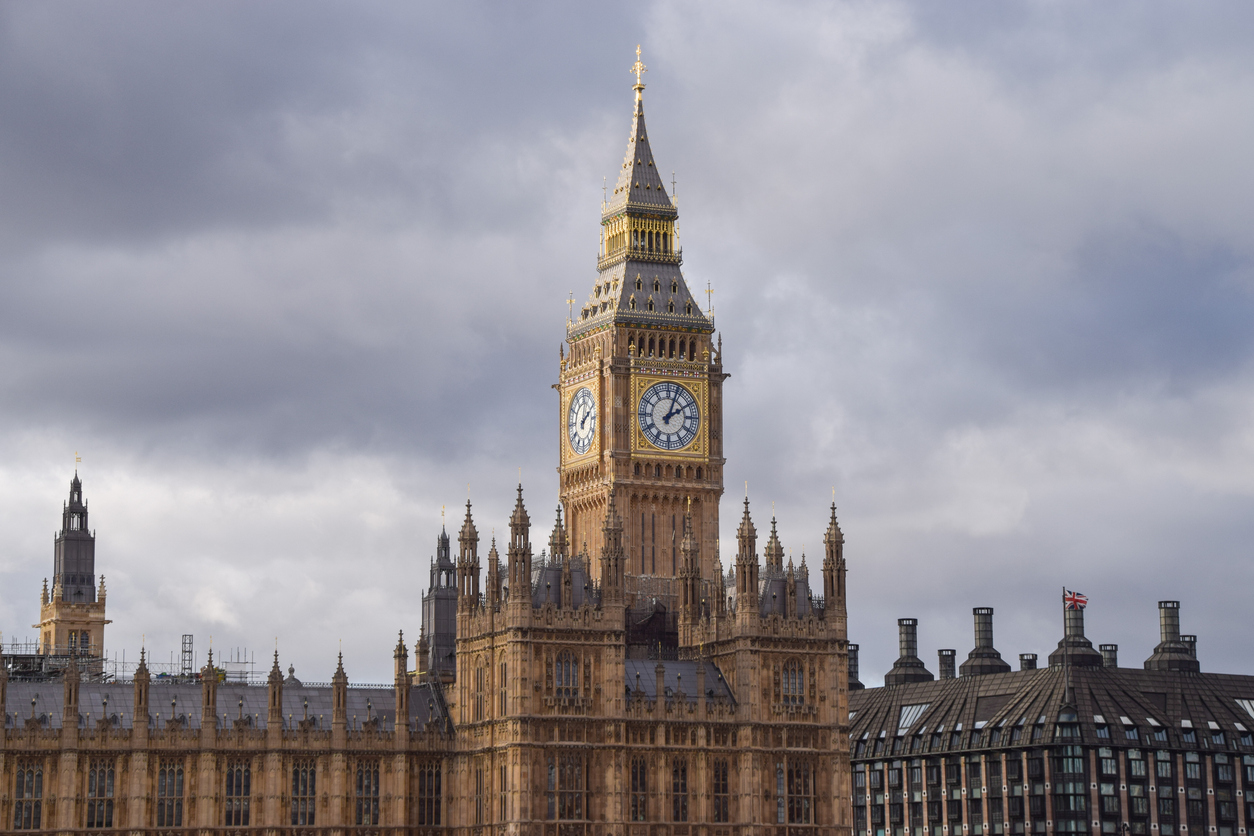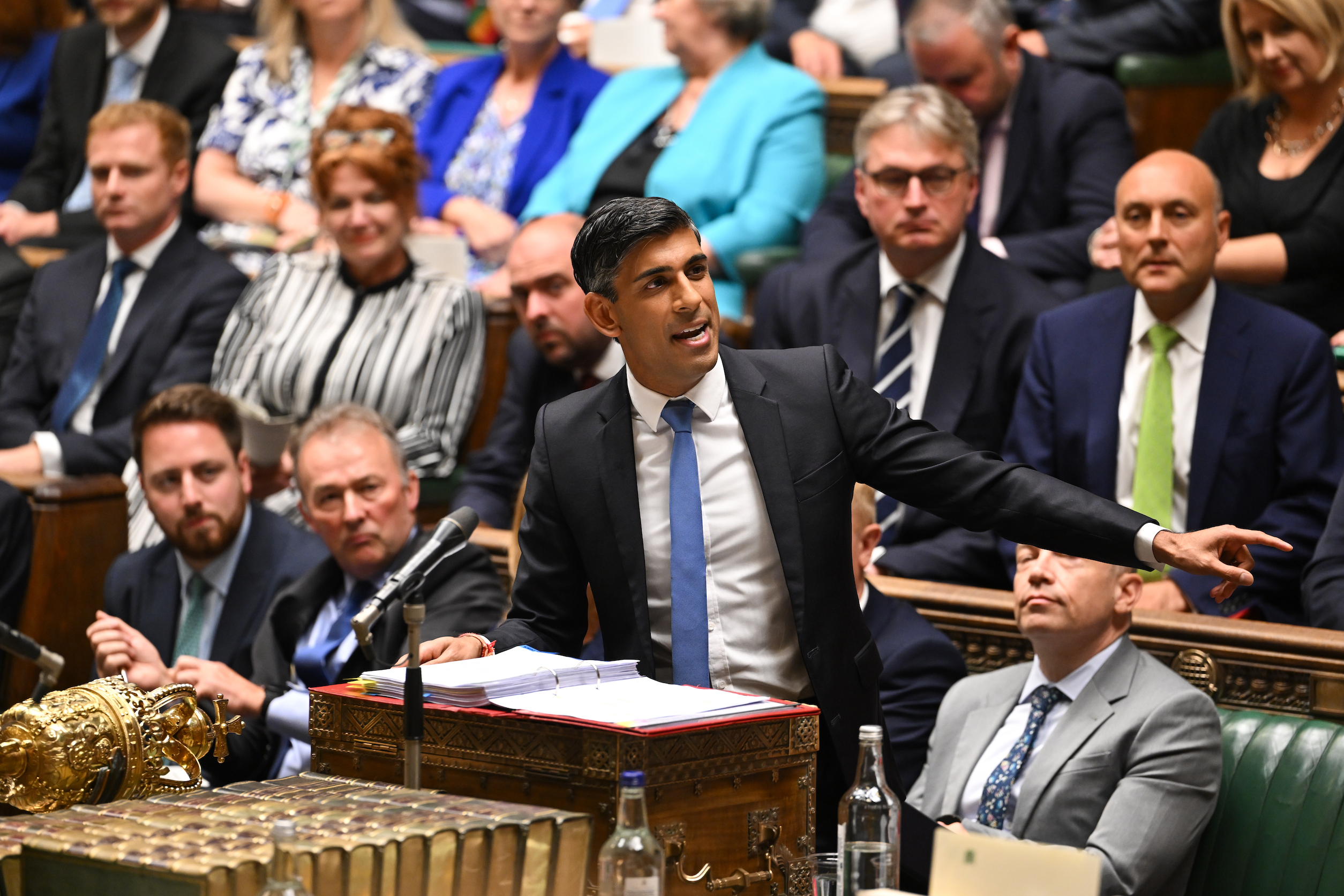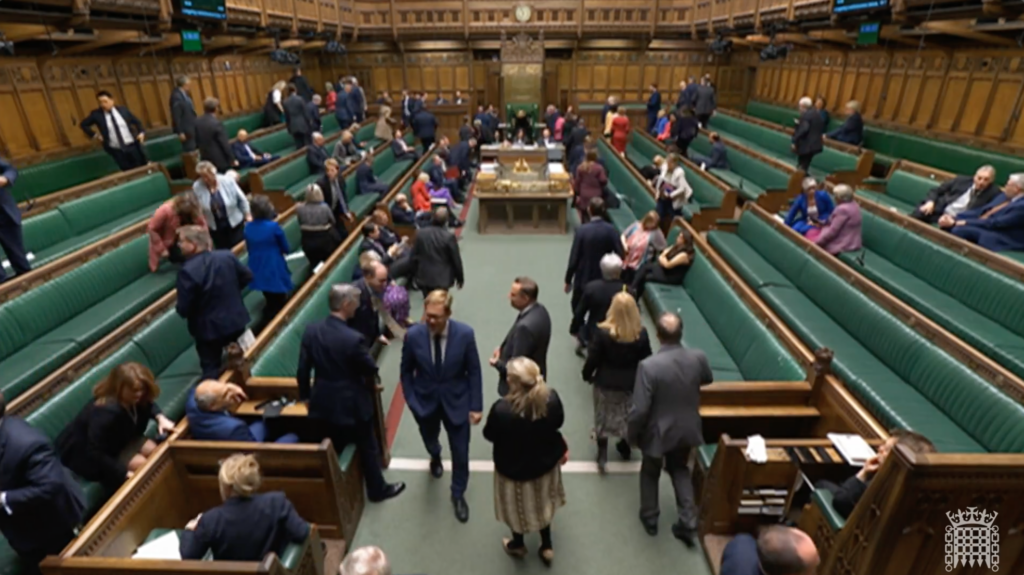What is school exclusion?
For disruptive or violent pupils, exclusion is a school’s most powerful disciplinary tool. It is the most serious punishment available to head teachers to tackle unruly students. It may be for a fixed exclusion period, or in extreme cases, constitute permanent exclusion.
Decisions on exclusions from schools are solely a matter for head teachers, acting in line with the Department for Education’s guidelines. The legal basis for exclusions is covered in the Education (Pupil Exclusions and Appeals)(Maintained Schools)(England) Regulations 2002, as amended, made under the 2002 Education Act.
The guidance makes it clear that the removal of a pupil from the school environment should be used only as a last resort in response to ‘serious breaches’ of a school’s behaviour policy or to safeguard the welfare and education of other pupils.
As such, permanent exclusion is normally the final and most serious step taken in a schools’ own disciplinary process. It may follow several fixed period exclusions (these cannot total more than 45 days in a school year) and other in-school measures, including separate teaching, consultation with parents, behaviour contracts or a “managed move” to another school.


Permanent exclusions should only happen if there has been a serious breach or persistent breaches of the school’s behaviour policy (typically displayed on a school’s website), and when allowing the child to stay in school would harm the education or welfare of others, whether that be pupils or staff.
In its guidance, the Department for Education suggests that exclusion should be the first response to one-off cases of serious violent or threatening behaviour, sexual abuse or assault, supplying illegal substances and carrying an offensive weapon. Along with bullying, including racist and homophobic activity, it is recommended that exclusion for such incidents should not be overturned.
The same process in relation to school exclusions applies to both a primary and a secondary school, although every school will likely have differing views as to what incidents justify exclusion.
In 2017, Department of Education figures showed a school exclusion rate of 0.1%, which was broadly comparable to the level of twenty years ago.
How does the school exclusion process work?
Parents of excluded children will normally first be informed by phone and asked to collect their children, albeit a school can’t insist that a child is collected to the end of the school day. Excluded children are typically kept in isolation at school till they are collected. Parents receive an exclusion letter setting out the disciplinary reason why the child has been excluded and for how long.
Parents must be told that they have recourse to the school governing body if they wish to have the head teacher’s decision reviewed. Most school governing bodies have a discipline committee to consider such appeals. They have the power to reverse an exclusion decision after due deliberation.
The governor’s decision to uphold a pupil’s exclusion may be appealed to an independent panel established by the local education authority.
When a child is excluded for a fixed period, the school should set (and mark) the child’s work for the first five days. Unless there is a valid reason, a child must not be seen in a public place during school hours in those five days, or their parents could be fined £60.
If a child is excluded for 5 school days, the school must arrange suitable full-time education from the sixth school day, for example at a pupil referral unit.
A pupil’s education continues to be the responsibility of a school during all fixed periods of exclusion and until a permanent exclusion is finalised. After that, the excluded pupil’s education is the responsibility of the Local Authority, which may choose either another school or a Pupil Referral Unit to fulfil this duty.
Although geared to pupils who have already been removed from a school environment, exclusions from Pupil Referral Units follow the same exclusion process as for any other school. The education of a young person excluded permanently from such a Unit continues to be the responsibility of the local authority.
Controversies
Exclusions from schools are controversial primarily because of the difficulty of respecting the legal right to education of excluded pupils. A pupil who has been excluded is almost by definition likely to be seen by other schools as a potential source of trouble, and few are willing to take on “problem” pupils, even when they have facilities that were lacking in the original school.
At the same time, places in Pupil Referral Units are in short supply, and even when they are available, the atmosphere may do more harm than good to some pupils. Alternatives available to LEAs include education in Further Education Colleges or home tuition, often for only a few hours per week.
Research by the Social Exclusion Unit has shown that while the majority of excluded pupils are white, male teenagers, children with special educational needs are six times more likely than the average to be excluded, children in care are ten times more likely to be excluded, and children of Afro-Caribbean origin are six times more likely. Exclusions are consistently higher in areas of economic deprivation.
Nevertheless, there are no universally common features to pupils who are excluded, and remedies must be tailored to the needs of individuals – something that many schools and local authorities are said to lack either the resources or the will to do.
The reinstatement of disruptive pupils into the schools that they have been excluded from, is perhaps the most controversial issue in this area. The problem arises principally from the structure of the appellate system that exists to allow individual pupils (and their parents) to challenge any exclusion order made against them.
The most extreme example of this problem came about in 2002, when two 15-year-old teenagers were expelled from Glyn Technology School in Epsom after allegedly making death threats to a teacher who had disciplined them.
An independent appeals panel overturned the school’s decision, saying there had been errors in the expulsion procedure, and that the threats had not been serious. In response to the national outcry that followed (and threats of industrial action by Glyn School staff), the boys’ parents decided to place them in alternative schools in the area.
At the other end of the spectrum are cases where schools have been excessively draconian in the enforcement of their rules. Media reports in the past have focused on a boy expelled for having his head shaven in emulation of David Beckham, pupils wearing nose-studs, and pupils not using a subway to cross the road to reach a school.
History of school exclusion
School exclusion has historically been the prerogative of individual schools and the head teacher. Since the late 1990s however the rights of excluded individuals have been highlighted and procedures amended to recognise and protect their interests more fully.
The current law on exclusions is governed by a complex combination of the Education Act 2002 and various Education Department regulations. The Education Department also issues detailed guidelines and offers training packs to schools outlining how the law should be interpreted and the procedure applied.
The provisions of the Human Rights Act 1998 are of importance to the issue of exclusion, schools being considered as public authorities for the purposes of section 6 HRA. The right to a fair trial is also potentially relevant to appeals and reviews.
The Education and Inspections Act 2006 created for the first time a clear statutory right for school staff to discipline pupils. It extended the scope of parenting orders and contracts and aimed to improve provision for excluded pupils, with parents taking responsibility for excluded pupils in the first five days of their exclusion. Governing bodies and local authorities are required to provide full-time alternative provision from the sixth day of an exclusion.
Statistics
In 2017/18 there were 7,905 permanent exclusions in state-funded primary, secondary and special schools in England. This equated to a rate of 0.10% (or 10 exclusions per 10,000 pupils) – Department of Education
The most common reason for a permanent exclusion in 2017/18 was physical assault against a pupil (1,037 permanent exclusions or 13.1% of permanent exclusions). The second most common reason for a permanent exclusion was physical assault against an adult (845 permanent exclusions or 10.7% of permanent exclusions).
Exclusion was “a marker for being at higher risk of becoming a victim or perpetrator of crime. 23% of young offenders sentenced to less than 12 months in custody, in 2014, had been permanently excluded from school prior to their sentence date”. – Review by Edward Timpson MP into school exclusion, 2019.


























